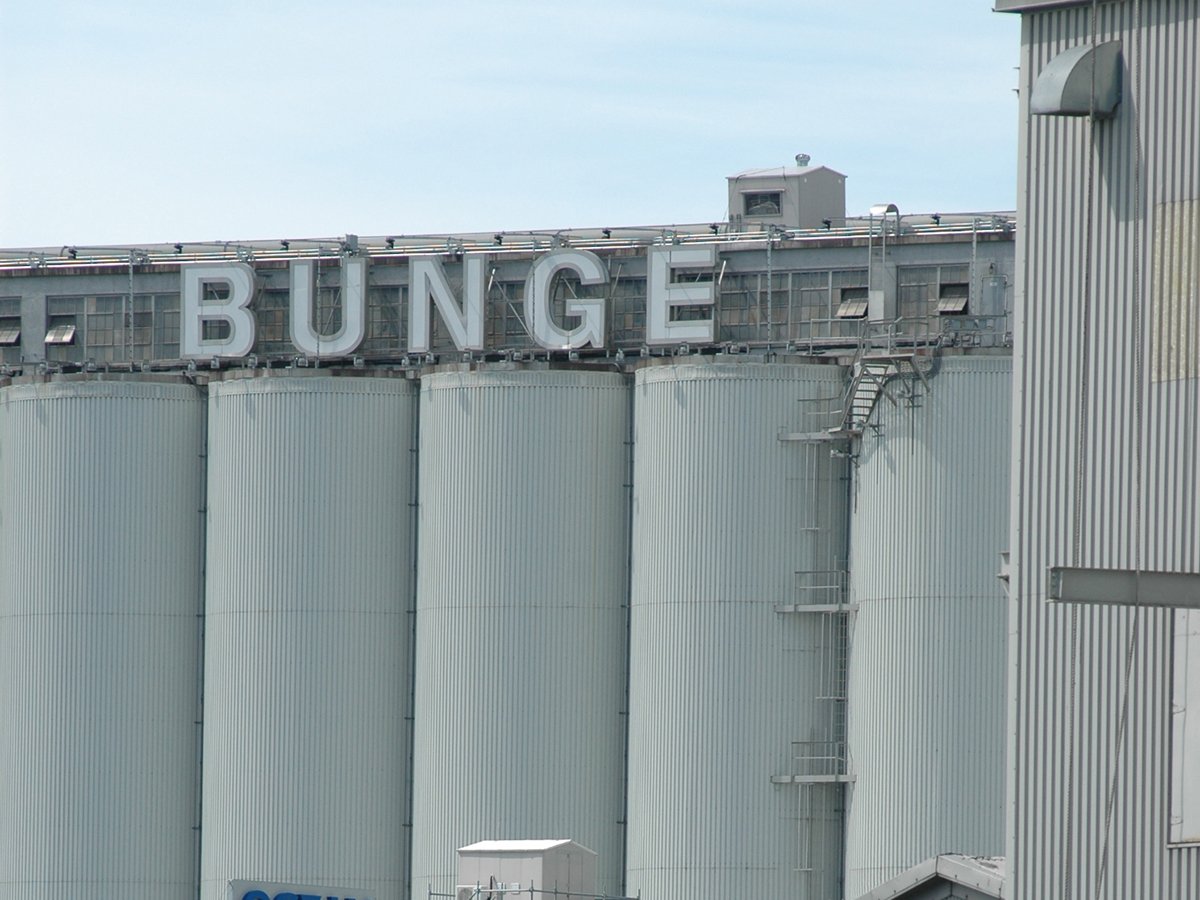In 2007, 75 percent of revenue was protected, compared to 64 percent in 2012, which caused a decline in participation
Declining participation in Agri-Stability indicates a need to revamp business risk management programs for the next Growing Forward agreement, says the Canadian Federation of Agriculture.
Scott Ross, director of BRM policy at the CFA, told the Agricultural Producers Association of Saskatchewan annual meeting that members have identified a number of concerns about the existing programs.
Chief among them is that changes made to AgriStability for Growing Forward 2 have led to declining participation, particularly by smaller, more diversified operations that don’t see benefits from the program.
Read Also

Bunge’s crop mix is changing
Bunge has predominantly been a soybean processing firm, but that’s about to change after the merger with Viterra with softseed processing and grain merchandising gaining ground.
The changes included lowering the payment trigger from 85 percent to 70 percent and limiting reference margins.
“The notion that your program year margin is going to be limited by your allowable expenses has created a whole series of consequences and problems, not only in turning an already very complex program into something that’s incomprehensible to most people but also creating some strange business decision making incentives around what you should and shouldn’t be doing on your farm,” Ross said.
He said some of the decline could be attributed to fewer farmers, but the bottom line is AgriStability covers less market revenue. Seventy-five percent of revenue was protected in 2007 and 64 percent by 2012.
“A lot more agricultural production is at risk and is not being covered by this program,” Ross said.
CFA members have said they want an improved AgriStability to be the backbone of BRM programs, he said. However, they also want AgriInvest to be more than a rainy day fund and for AgriRecovery to cover multi-year disasters rather than just one year. Producers want AgriInsurance improved as well, particularly in situations where crop insurance payments have been made for decades but are no longer supportive after one flood.
Ross said AgriInvest could be used more strategically to mitigate risk.
CFA is developing a policy document that will encompass what members want in Growing Forward 3.
A draft calls for improved AgriStability and the removal of reference margin limits.
“The concept behind it was to prevent AgriStability paying producers who are in profitable situations,” Ross said.
“What we found was that it was a bit of a sledgehammer where a scalpel was needed and that the targeting was a bit off and sent some strange signals to producers.”
CFA wants to work with government to make sure the next version of the program doesn’t have the same unintended consequences.
Members also want beginning farmers to be able to participate in BRM programs more easily. Suggestions include waiving AgriStability fees, an AgriInvest kick-start contribution similar to what existing participants received, and premium credits for insurance.
Ross said the organization in-tends to have a final policy document available at the CFA annual meeting in February. After that, it wants to work more formally with other agricultural organizations to make sure everyone is on the same page.















